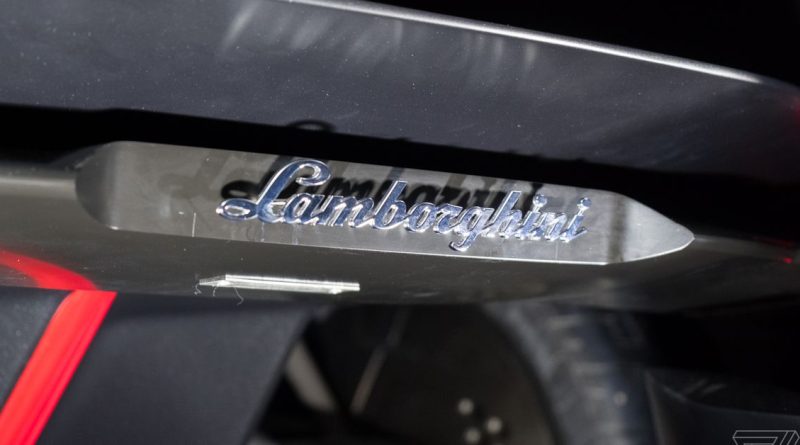Lamborghini will debut its first all-electric supercar after 2025
The first all-electric Lamborghini is on the horizon.
The Italian automaker finally unveiled its electrification plans, which will proceed in two distinct phases over the next decade. By the end of 2024, the company plans to roll out gas-electric hybrid versions of its entire lineup. Following that, Lamborghini will debut its first all-electric model sometime before the end of the decade.
That means plug-in hybrid versions of Aventador, Huracán, and Urus models will be arriving within the next three years, as well as limited production Sián roadsters. And sometime before 2030, Lamborghini will unveil a completely new all-electric fourth model.
Like other sports car companies, Lamborghini has been slow to embrace electric drivetrains, fearful of ostracizing its loyal customers who crave loud V8 and V12 engines and neck-snapping speed. But with emissions regulations tightening around the world and electric motors able to deliver 0–60 mph times that rival some of the fastest gas-powered supercars in the world, Lamborghini finally appears ready to change direction.
“For sure, it’s the torque and the acceleration,” Lamborghini CEO Stephan Winkelmann said when asked what his customers will find appealing about an electric supercar. “And also to fill the gaps now when you shift the gears and helping you to have a constant curve, which is, in my opinion, the things that they are going to appreciate the most.”
But it’s not just about the driving experience. Competition is heating up, with Ferrari announcing that its first electric model will debut by 2025. Other companies, like Drako, Aston Martin, and Rimac have all been working on electric supercars with varying degrees of success. Lamborghini’s parent company, Volkswagen Group, has said it would spend 16 billion euros ($19 billion) and cease production of new internal combustion engines in favor of shifting toward electric vehicle production.
Lamborghini hasn’t said whether it plans to completely phase out production of its gas-powered vehicles, but Winkelmann said the company is targeting a 50 percent “or more” reduction of its CO2 emissions by the beginning of 2025. The company plans to spend 1.5 billion euros ($1.8 billion) on the hybrid and electrification transformation.

“We are speaking about the biggest investment ever done in Lamborghini,” he added. “[It is] very important to keep a growth which is sustainable, to have a growth which is taking into consideration the needs of the planet, but also keeping this in line with the dream of our customers to have a super sports car which is excellent.”
Lamborghini’s sudden interest in electrification isn’t coming completely out of the blue. In 2017, the company unveiled its Terzo Millennio concept. Designed in collaboration with the Massachusetts Institute of Technology, the static concept car was a treasure chest of wild, futuristic ideas, including the idea of using supercapacitors to replace standard lithium-ion batteries and a self-repairing process to help prevent cracks in the body.
It’s not clear whether Lamborghini plans to apply anything from the Terzo Millennio, which Winkelmann called a “technological demonstrator” to its new hybrid and electric models. “The technology is very fast moving,” he said. “So we will have to adapt everything to what needs to be valid a decade from now.”
That said, Lamborghini said it will spend the next two years “celebrating the combustion engine,” which it says has contributed to the company’s recent financial success. The Italian automaker had arguably one of its best years in 2020, despite even a mandatory two-month factory shutdown due to the COVID-19 pandemic. It delivered 7,430 cars during the year, down only 9 percent from the record high in 2019. Sales topped 1.6 billion euros ($1.9 billion), down 11 percent from 2019, but the company said profits increased to a record high as customers ordered more pricey, highly customized cars.
Whether Lamborghini’s “celebration” of its classic gas-powered vehicles will mean the introduction of new one-offs or special models, Winkelmann wouldn’t confirm. “Wait a few weeks and then we will have some nice things to show for sure,” he said.




